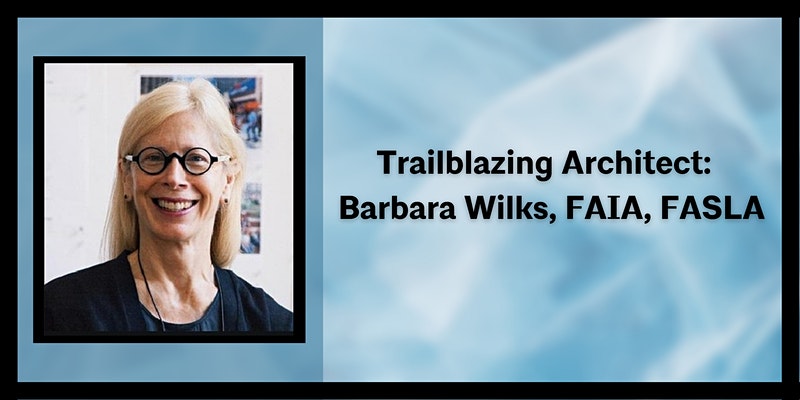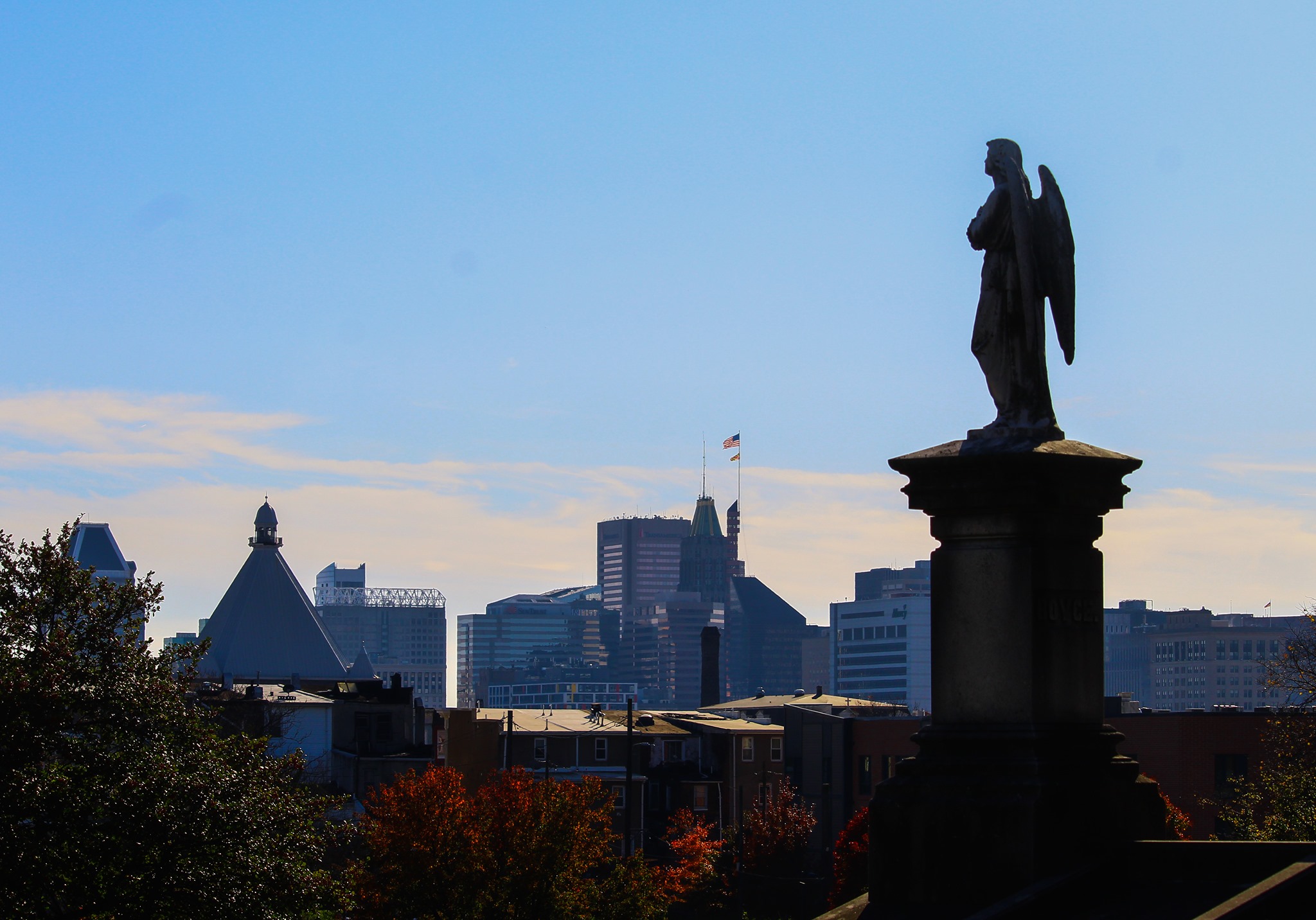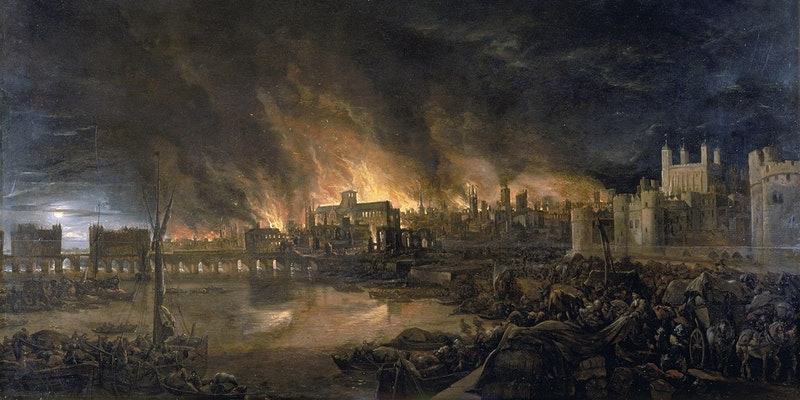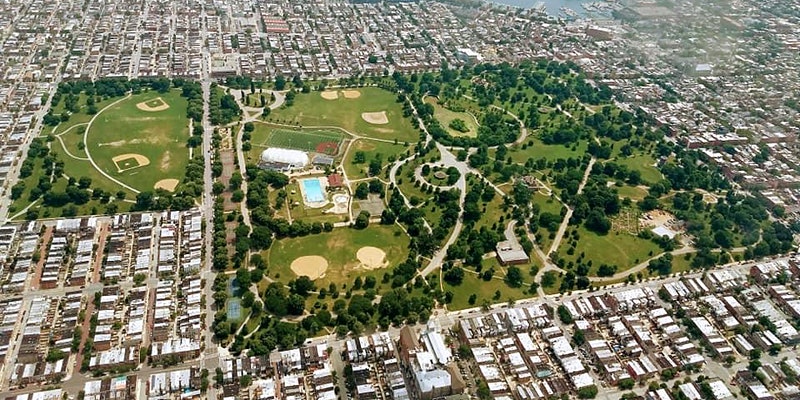Trailblazing Architect: Barbara Wilks (Virtual Talk)
Virtual MD, United StatesTo cap off Women’s History Month, we are highlighting trailblazers who rose to leadership in the community and the profession. As part of the celebration of the 150th anniversary of the Baltimore Chapter of the American Institute of Architects (AIA), we are hosting conversations with trailblazing architects who have impacted Baltimore’s built environment and rose to leadership positions in their profession. April 2nd’s Virtual History will feature Barbara Wilks, FAIA, FASLA, one of the few professionals elected to both the College of Fellows of the American Institute of Architects (in 1999) and to the College of Fellows of the American Society of Landscape Architects (in 2010), the highest honor in those professions. During her residence in Baltimore, she rose to become the first woman president of the AIA Baltimore Chapter, serving for two years from 1983-1984.




